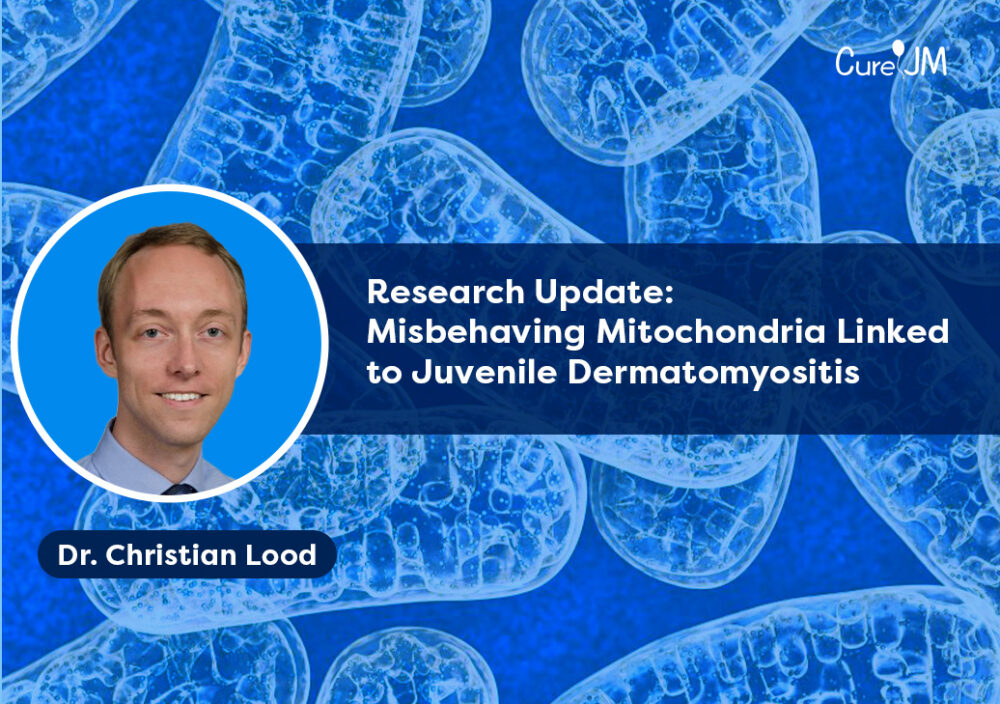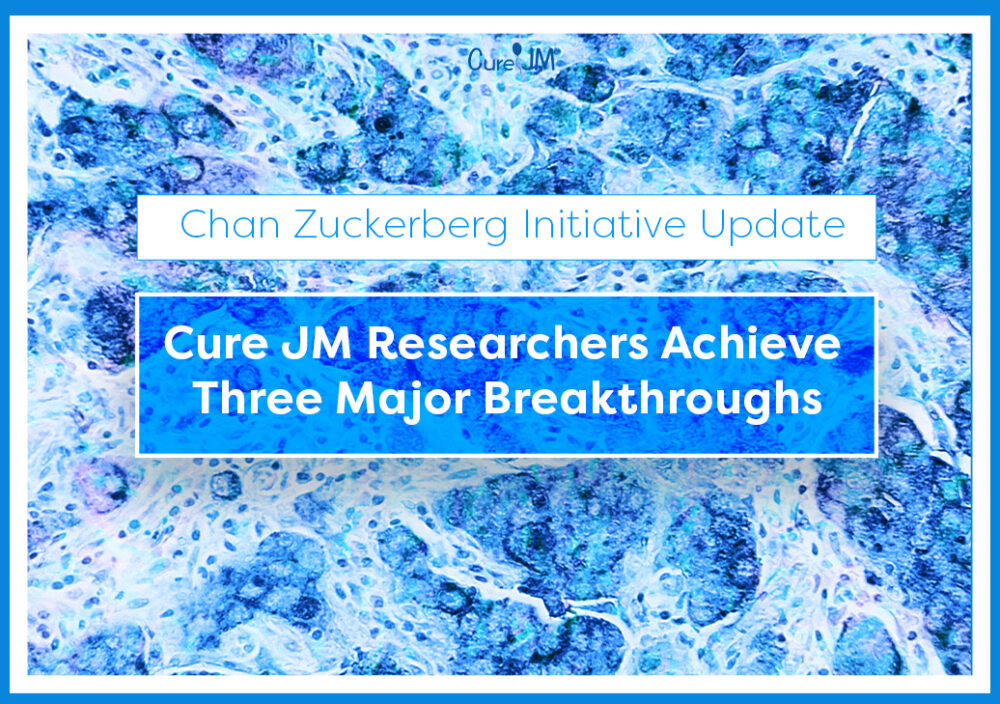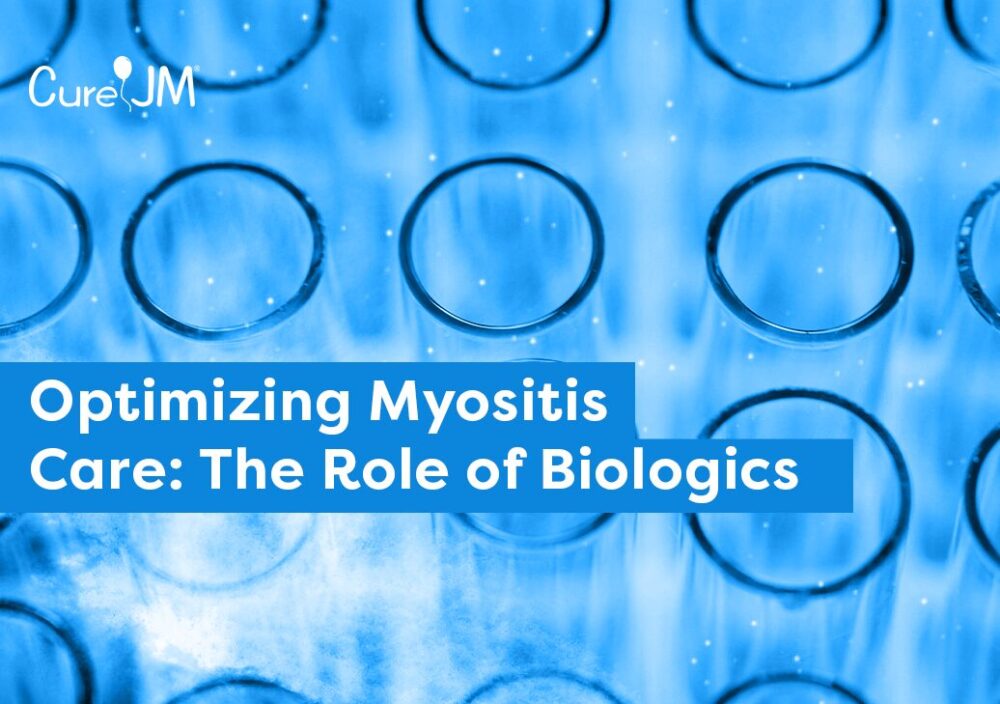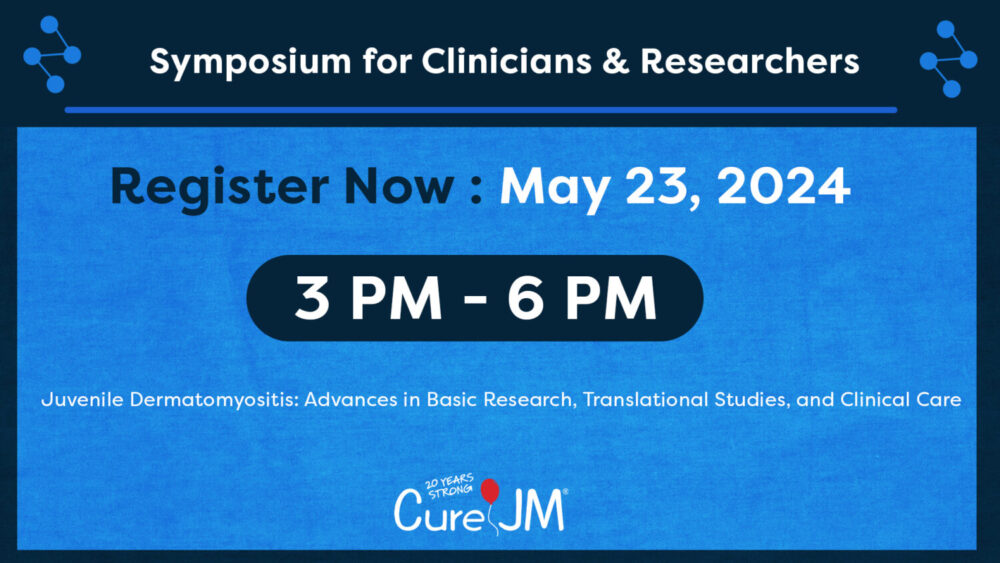The generous support of our community has been instrumental in funding groundbreaking research this year, led by Dr. Christian Lood at the University of Washington and Cure JM’s Center of Excellence at Seattle Children’s Hospital.
With a keen focus on understanding the role of mitochondria, the cell’s energy powerhouses, in juvenile dermatomyositis (JDM), Dr. Lood’s team has made a significant discovery. They have identified calcified mitochondria in the muscle tissue of JDM patients with calcinosis – a finding that sheds new light on understanding JDM.
This groundbreaking research opens the door to potential new treatments for JDM.
“By targeting misbehaving mitochondria and inflammation, we aim to develop more effective therapies,” says Dr. Lood. “Additionally, we are working to identify unique mitochondrial biomarkers to tailor individual treatment plans for individual patients.”
In the coming year, Dr. Lood will continue to explore:
- New treatment targets based on mitochondrial function
- Developing individual treatment plans using mitochondrial biomarkers
- The long-term impact of misbehaving mitochondria on JDM and how we might prevent disease progression – essentially stopping JDM in its tracks
- Collaborations with other research institutions
We are excited about the potential of this new research to improve the lives of children. We will continue to keep you informed on this evolving project and others as they develop.
To learn more about all of the research projects addressing our mission, visit www.curejm.org/impact.




